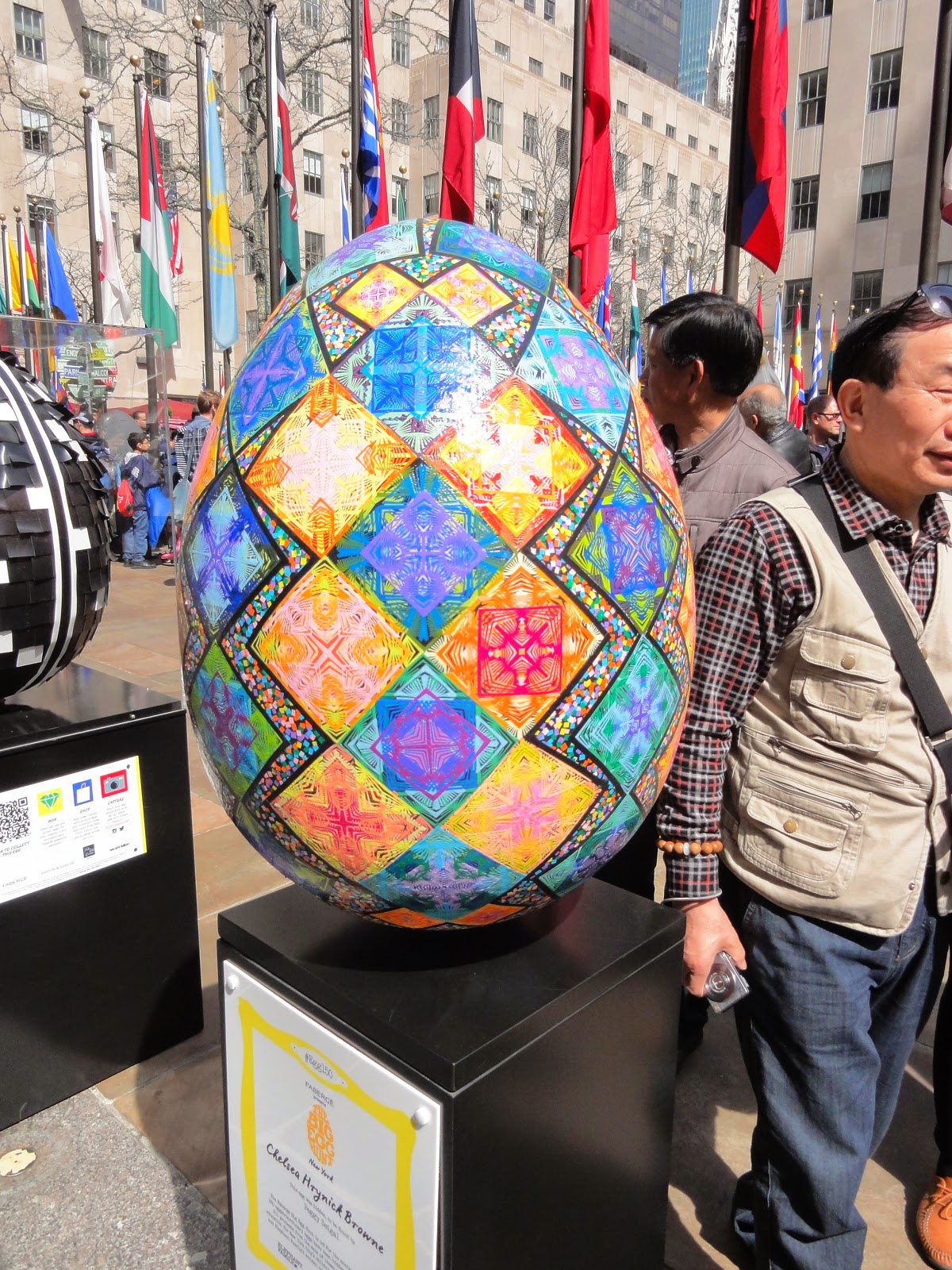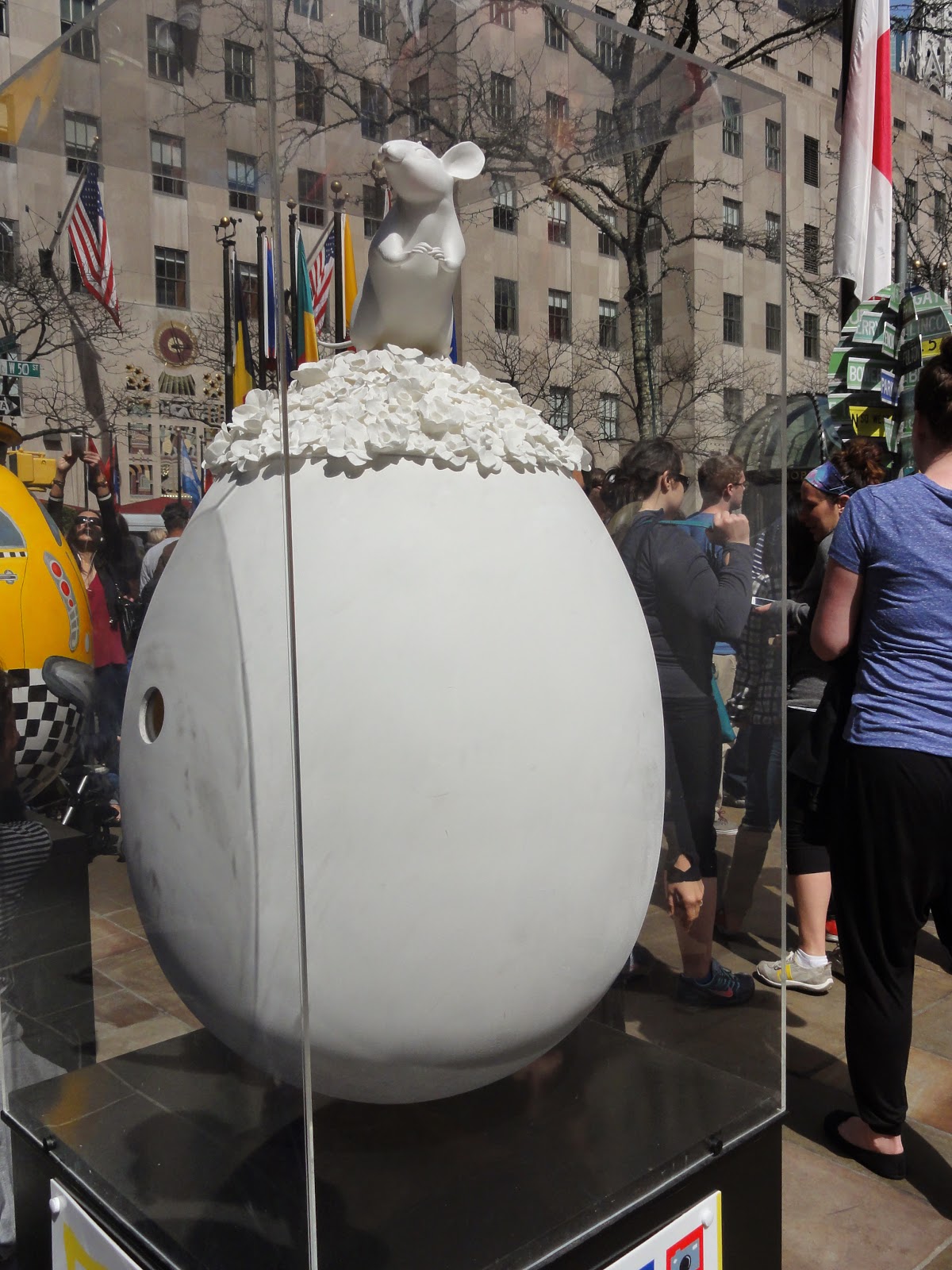First, it's all Balanchine choreography, because he co-founded the School with Lincoln Kirstein in 1934 -- making 2014 the School's 80th anniversary year.
The opening work will be 'Serenade' to Tschaikovsky's 'Serenade for Strings' -- because it was the first work that Balanchine choreographed in America. He made it in 1934 (also it's 80th anniversary) for SAB students. According to legend Balanchine incorporated things that actually happened in the School during that first year -- creating each section for the number of students who showed up for class that day; using a student's late arrival for class and finding her place in the opening formation; incorporating a student's stumble and fall to the floor.
 |
| The opening moments of Balanchine's 'Serenade' from an earlier SAB Workshop performance, photo by Paul Kolnik |
For anyone who wants to know what dancing in 'Serenade' feels like, I suggest that they get their hands on Jenifer Ringer's new book, 'Dancing Through It', wherein she describes just how dancing in 'Serenade' (at the Washington Ballet School, at SAB and at NYC Ballet) changed her life.
 |
| Jenifer Ringer & Philip Neal in Balanchine's 'Serenade, photo by Paul Kolnik for NYC Ballet |
 |
| Alexandra Danilova coaching Helgi Tomasson & Patricia McBride in 'Coppelia', photo by Martha Swope |
The selections from 'Coppelia' are being staged by SAB several SAB faculty members -- Sheryl Ware, Katrina Killian, Lisa de Ribere, Yvonne Borree, and Jock Soto.
When Mme. Danilova began to teach at SAB in 1964 (50th anniversary), she persuaded Balanchine to present the annual workshops as a way to showcase the students' talent and hard work and give them invaluable on-stage experience. Balanchine resisted calling them 'graduation' performances because it sounded too final and too judgmental, but agreed that a public showcase at the end of the school year for a select audience would be appropriate. The first workshop was performed in 1965, making the workshops in June, 2014 the 50th workshop performances.
Of course, Peter Martins knows that the inclusion of 24 little girls in this section will add to the demand for workshop tickets, as parents, grandparents, uncles, aunts, and siblings will have to be accommodated.
Balanchine's one-act 'Swan Lake' based on Ivanov's choreography of the lakeside scenes for the Maryinsky was also selected by Martins as a tribute to Mme. Danilova, who was a renowned Odette/Odile.
 |
| Alexandra Danilova as Odile in 'Swan Lake', photo from the Bettman Archive |
Balanchine created this 1-act version for Maria Tallchief (his third wife) who has been deemed America's first native-born prima ballerina. There is a wonderful photo of Mme. Danilova coaching Darci Kistler and Cornell Crabtree for the 1980 SAB workshop.
 |
| Cornell Crabtree and Darci Kistler being coached by Alexandra Danilova for the 1980 SAB Workshop, photo by Carolyn George |
It will be interesting to see if they use the ice cave scenery and/or the black costumes for the corps that are the current decor for the New York City Ballet version or hark back to earlier, more traditional decor.
The last work on the program will be the final movement (Rondo) of 'Western Symphony', the four movement work to traditional American folk music orchestrated by Hershey Kay that Balanchine created in 1954 (60th anniversary). 'Western Symphony' is Balanchine's buoyant tribute to the mythical American West of cowpokes and dance-hall girls. The finale finds the enormous cast all on stage doing fouettes as the curtain descends. It's a favorite workshop closing ballet because it provides parts for lots of advanced students to perform a high-spirited, yet classical piece to familiar music.
The original fourth movement cast was led by Tanaquil LeClercq and Jacques d'Amboise. LeClercq was Balanchine's muse (and his fourth wife) from the late 1940's through the mid-1950's when this work was created. Known both for her superb classical technique and her sly humor she was ideally cast as the strutting dance hall queen in the extravagant, black hat:
 |
| Tanaquil LeClercq in costume for 'Western Symphony' |
http://www.ina.fr/video/VDD11021500/western-symphony-video.html
The music in this video is extraordinarily fast, but the insouciant personalities of LeClercq and d'Amboise come through clearly in the fourth movement (Rondo).
The excerpt from 'Western Symphony' will be staged by Susan Pilarre who has staged it for several prior SAB workshop performances.
So this workshop program has a lot to do with anniversaries and tributes. It provides challenging roles for the students, interesting contrasts in mood and style, and ends with a crowd pleasing bang!
In order to get a jump on all of those little girls' families, go to:
https://www.sab.org/news_events/workshop_performances/tickets.php
for tickets to the Saturday, May 31st performances, or to:
https://net.sab.org/development-/workshop-benefit-ticket-order-form--for tickets to the Gala Workshop Performance on June 3rd. You'll see the ballet stars of the next generation performing in works by the greatest choreographer of the last century.























.JPG)
.JPG)
+.JPG)
+.JPG)


.JPG)


.JPG)





,+oil+on+canvas,+1930,+photo+by+Corrado+De+Grazia.jpg)




.jpg)